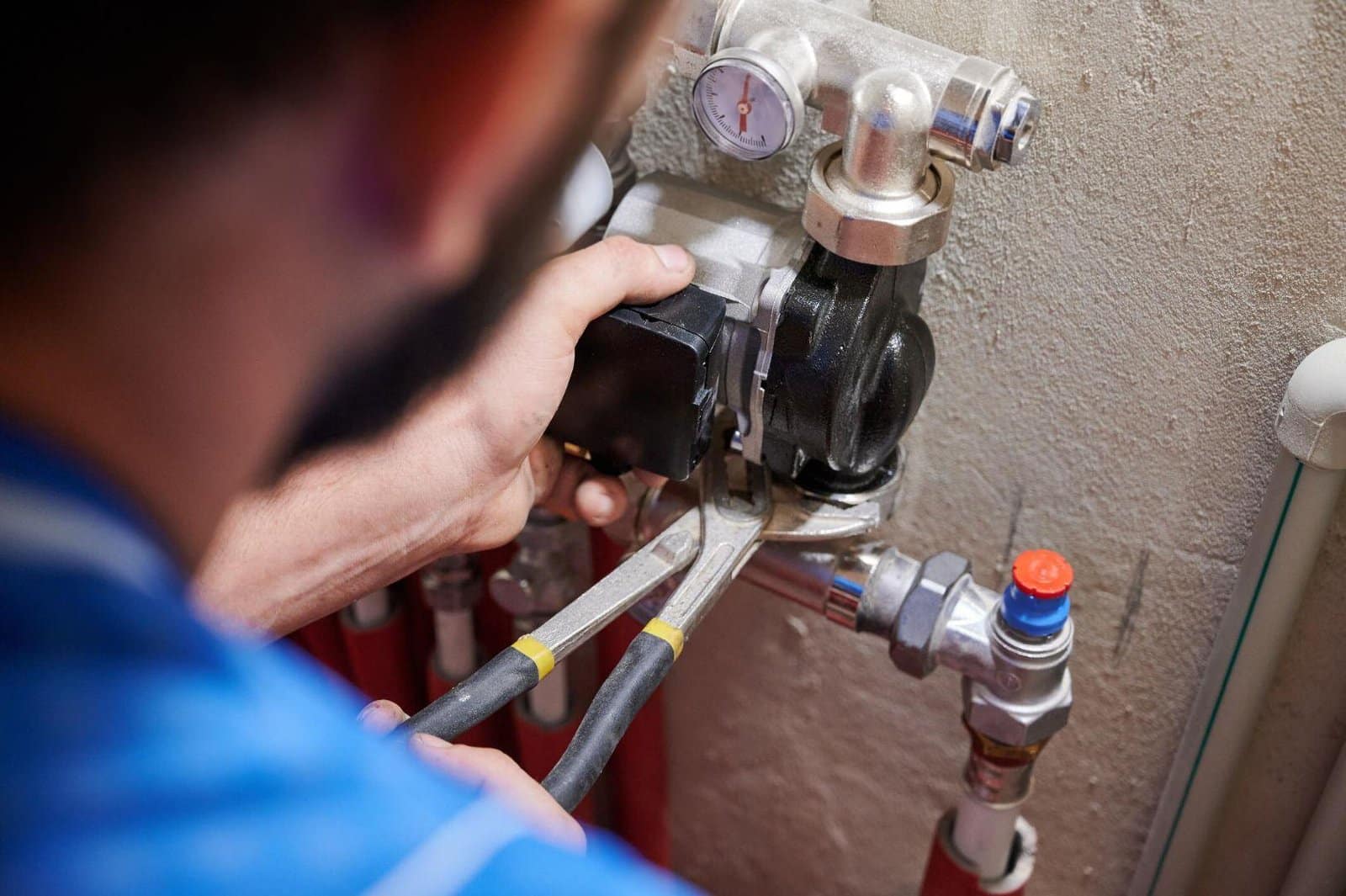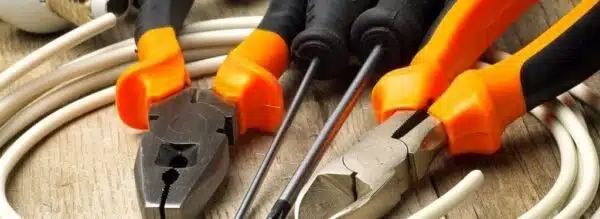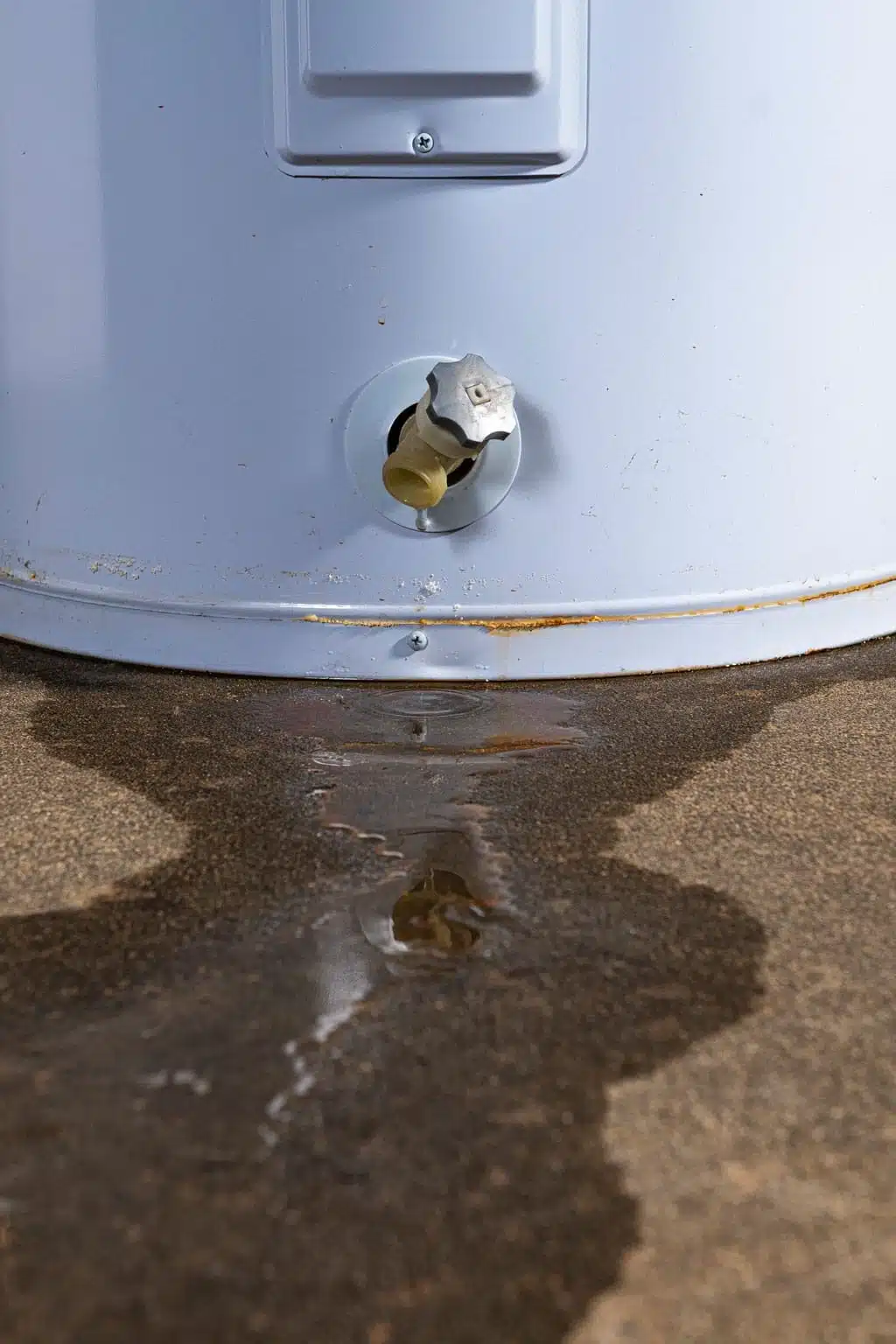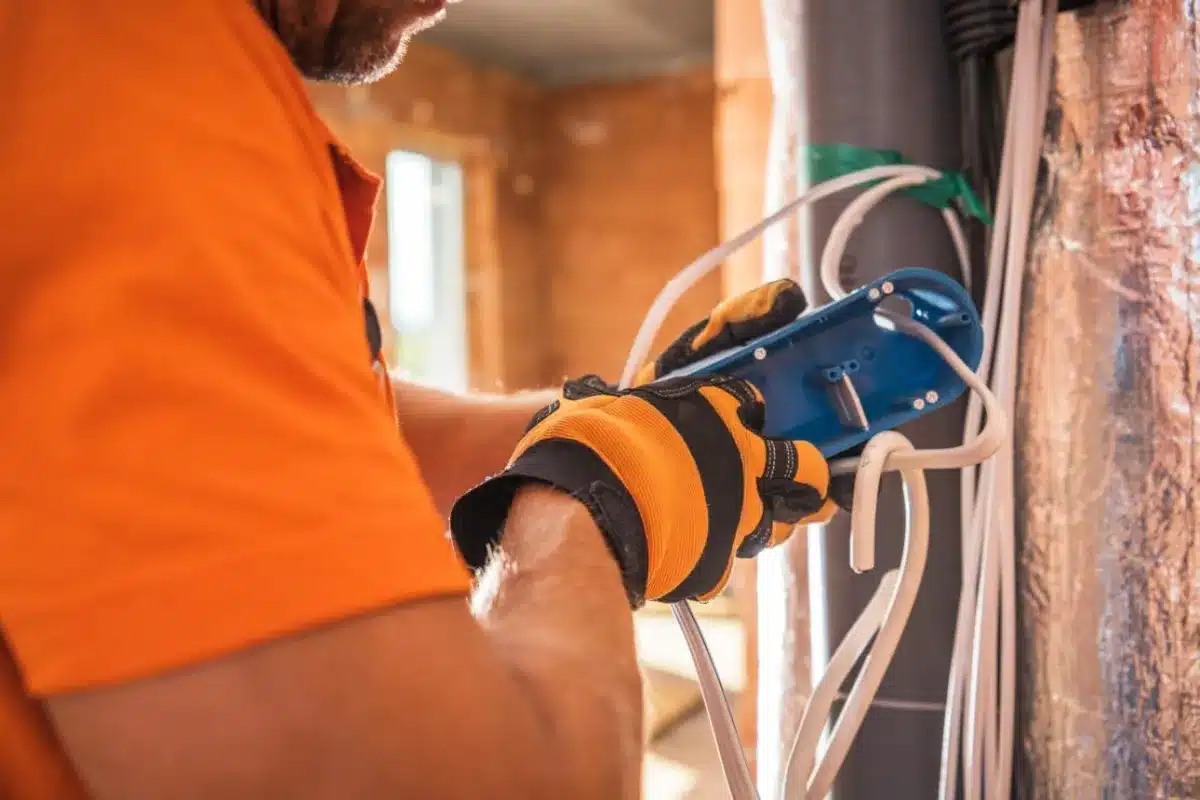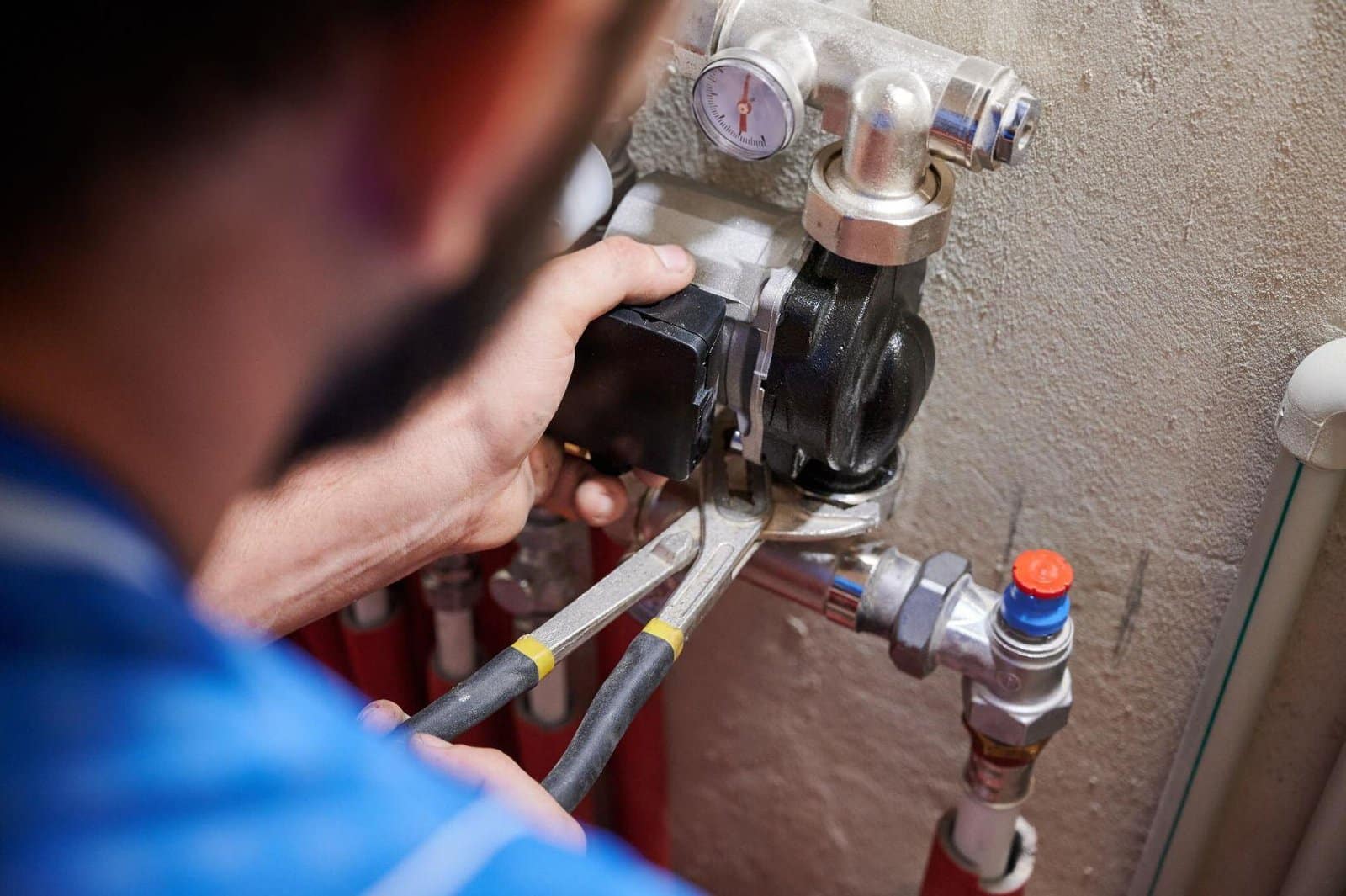Rewiring – Are you living in an older home and wondering if it’s time for an upgrade—not to the decor, but to something even more crucial?
We’re talking about the wiring behind your walls that keeps the lights on and your appliances running. In areas like Hurst, Keller, and Southlake, TX, rewiring isn’t just about maintaining your home; it’s about transforming it into a safer, more efficient place to live.
Let’s dive into the signs that you need rewiring, the benefits it brings, and how to tackle this big project!
Understanding the Need for Rewiring Older Homes
Rewiring isn’t just for homes that have experienced catastrophic electrical failures; it’s a crucial step for any home where safety and efficiency are a priority. Here are some unmistakable signs that your home might be in dire need of rewiring:
Signs Your Home Needs Rewiring:
- Frequent breaker trips and blown fuses: This is one of the most common signs that your home’s electrical system is overwhelmed. Frequent tripping indicates that your current system can’t handle everyday electrical loads, often because it was designed for a time when households used far less power.
- Discolored switches and outlets: If you notice discoloration on your electrical outlets or switch plates, this could be a sign of heat build-up caused by poor wiring. Such heat can damage the outlet itself and, more critically, suggests a potential fire risk if not addressed.
- Aging wiring types like knob-and-tube or aluminum: Homes built several decades ago may still have knob-and-tube wiring or aluminum wiring. Both types are now considered outdated and unsafe. Knob-and-tube wiring lacks the grounding necessary for modern safety standards, and aluminum wiring can loosen over time, creating a significant fire hazard.
Risks of Outdated Wiring:
Ignoring the need to update your electrical system can pose several risks:
- Increased risk of electrical fires: Older, deteriorating wires can overheat under the electrical load of modern appliances. This overheating can lead to insulation breakdown and potentially ignite a fire, especially in hidden spaces within walls where it can smolder undetected until it’s too late.
- Shock hazards: Outdated or damaged wiring often has degraded insulation, which can expose live wires. Contact with these can lead to severe electrical shocks or even electrocution. Moreover, the absence of proper grounding in older systems exacerbates these risks, as there is no safe path to redirect accidental electrical discharges.
- Inadequate power supply: Older electrical systems were not designed to handle the array of modern electronic devices and appliances that we use today. This inadequacy can lead not only to inconvenient outages but also damage sensitive electronics due to inconsistent power delivery or surges.
Benefits of Rewiring for Safety and Efficiency
Rewiring your home offers a multitude of benefits that extend beyond just rectifying immediate electrical issues. Here are several advantages that come from updating your home’s electrical system:
Enhanced Electrical Safety
The foremost benefit of rewiring is the significant enhancement of your home’s safety. By replacing old, worn-out wiring, you significantly reduce the risk of electrical fires and electrocution.
Modern electrical systems incorporate safety features such as circuit breakers that automatically shut off power when they detect an overload or short circuit, preventing fires.
Ground Fault Circuit Interrupters (GFCIs) are also commonly installed during rewiring.
These devices protect against electrical shock by breaking the circuit whenever there is a disparity in the currents in the hot and neutral wires, offering an extra layer of protection.
Improved Energy Efficiency
Modern wiring is designed to be more efficient, reducing the resistance in the flow of electricity, which diminishes energy loss.
This optimization not only lowers your monthly energy bills but also contributes to a smaller carbon footprint.
Energy-efficient wiring, coupled with modern appliances and LED lighting, can lead to significant savings and environmental benefits over time.
Increased Home Value
A newly rewired house is a compelling feature for potential buyers. It reassures them that the home is safe, up-to-date, and won’t require immediate electrical upgrades, which can be costly and disruptive.
This can increase the overall market value of your property, making it a wise investment for future resale.
Consistent Power Delivery
An updated electrical system ensures consistent power delivery throughout your home, which is crucial for the protection and longevity of sensitive electronics and appliances.
This consistent delivery helps prevent issues caused by power surges, such as data loss in computers and other digital devices.
Compliance with Insurance Requirements
Many insurance companies offer better terms or lower premiums for homes with updated electrical systems that adhere to current safety standards.
This is because modern, compliant wiring significantly lowers the risk factors associated with electrical faults, which can lead to expensive claims.
Planning Your Home Rewiring Project
Assessing Your Electrical Needs
Before embarking on a rewiring project, a thorough assessment of your household’s electrical needs is essential. Consider the following:
- Daily Usage: How do you typically use electricity throughout your day? Are there peak times when usage spikes?
- Home Office Needs: If you work from home, you might need dedicated circuits for computers and other office equipment to prevent overload.
- Appliance Load: Evaluate whether you have high-powered appliances that require more robust electrical support, like modern refrigerators or laundry machines.
- Future Additions: Plan for potential future needs, such as home expansions or the addition of energy-intensive appliances or systems.
This careful evaluation helps ensure that your new wiring system will adequately support both current and future demands, making your home safer and more efficient.
Budgeting for Rewiring Costs
Budgeting for a rewiring project involves several considerations:
- Home Size and Layout: Larger homes or those with complex layouts may require more extensive wiring work, which can increase costs.
- Quality of Materials: Opting for high-quality, durable wiring materials might cost more upfront but can offer greater longevity and safety.
- Labor: The labor cost can vary depending on the complexity of the job and the rates charged by your electrician.
- Permits and Inspections: Include costs for necessary permits and inspections, which can vary by location.
Detailed cost insights will be provided later, but preparing for these expenses will help you set a realistic budget that covers all aspects of the rewiring process.
Choosing the Right Electrician
Selecting the right professional is crucial for a successful rewiring project. Consider the following criteria:
Qualifications to Look For
- Certifications and Licenses: Ensure the electrician holds all necessary certifications and state licenses to perform residential electrical work.
- Insurance: Verify that they have liability insurance and workers’ compensation to protect you against any damages or injuries during the project.
Questions to Ask Prospective Electricians
- Experience with Older Homes: Does the electrician have experience with homes similar to yours, especially if it’s an older structure?
- Project Management Approach: How do they plan and manage large projects? What timelines do they typically work with?
- References: Ask for and follow up with references to gauge their reliability and the quality of their work.
Importance of Local Experience (Hurst, TX, Keller, TX, Southlake, TX)
- Familiarity with Local Codes: An electrician experienced in your region will be familiar with local building codes and wiring standards, which can expedite the permitting process and ensure compliance.
- Understanding of Regional Challenges: Local electricians may also understand specific environmental factors or common issues in homes in your area, which can influence wiring strategies and choices.
Selecting the right electrician is not just about finding someone who can do the job; it’s about finding a professional who understands your specific needs and local requirements, ensuring a smooth and successful rewiring of your home.
Types of Wiring Systems
Knob-and-Tube Wiring
This early form of electrical wiring, prevalent in homes built before 1950, is known for its lack of ground wire and its air-gap insulation, which can pose serious risks.
The air-gap insulation means that the wires are not enclosed in a protective sheath, making them vulnerable to damage and increasing the risk of electrical fires.
Moreover, the absence of a ground wire makes the electrical system more hazardous, as there is no safe path for fault currents to travel, raising the potential for shocks.
Aluminum Wiring
Common in the mid-20th century, aluminum wiring expands when heated, which can loosen connections and increase fire risks.
This expansion and contraction can cause fittings to gradually become loose, leading to arcing and overheating at the connections.
As a result, aluminum wiring is considered less reliable and more hazardous than more modern systems, necessitating careful inspection and often replacement in older homes.
Modern Copper Wiring
Copper wiring is resistant to corrosion, has excellent conductivity, and is now the standard in residential electrical systems for its safety and durability.
Its superior conductivity ensures efficient power distribution with less heat generation compared to other metals, reducing the risk of fire.
Additionally, copper’s durability means it can withstand environmental stresses and remain functional over a longer period, making it a cost-effective choice for residential wiring.
The Rewiring Process: Step-by-Step Guide
Initial Inspection
A thorough inspection by a licensed electrician can assess the current state of your wiring and pinpoint the specifics of what needs to be updated.
This initial assessment helps in identifying potential safety hazards and areas that do not comply with current electrical codes.
It also provides a roadmap for the entire rewiring project, outlining critical areas that require immediate attention.
Planning and Design
Your electrician will plan the wiring layout based on the structure of your home and your electrical needs, ensuring efficient and safe electricity distribution.
This step involves mapping out circuits logically and strategically to balance the load evenly across the house, which can help prevent circuit overloads and future electrical issues.
Careful planning also includes considering future upgrades or additions to your home, allowing for easier modifications down the line.
Installing New Wiring
This involves the physical replacement of old wires with new copper wiring, including upgrading outlets and switches to modern, safer versions.
The installation process also includes the integration of modern safety features like arc-fault circuit interrupters (AFCIs) and ground-fault circuit interrupters (GFCIs) which provide enhanced protection against electrical fires and shocks.
Additionally, all new installations are done in compliance with the latest electrical codes to ensure maximum safety.
Final Inspection and Testing
Once the new system is in place, a final inspection is conducted by a building inspector to ensure everything is up to code and safely installed.
This inspection includes testing every circuit to verify that all connections are secure and functioning correctly.
Passing this inspection is crucial as it certifies that your home’s electrical system is not only safe but also legally compliant.
Common Challenges and How to Overcome Them
Accessing Hidden Wires
One of the biggest challenges is accessing wires through finished walls and ceilings without excessive damage.
Techniques such as using flexible drill bits and inspection cameras can minimize the need for large cuts in drywall, preserving the integrity of your home’s structure.
Strategically planning access points also reduces the visibility of any necessary repairs to the wall surfaces.
Dealing with Plaster Walls
Older homes with plaster walls require careful handling to avoid large-scale damage during wire replacement.
Specialized tools and techniques are employed to cut into plaster without causing it to crumble, ensuring that the aesthetic and structural integrity of the walls are maintained.
In some cases, channeling may be required, which should be done judiciously to keep restoration work to a minimum.
Maintaining Your New Electrical System
Maintaining your newly rewired electrical system is crucial for ensuring it continues to operate safely and efficiently. Here are some key practices to keep your system in top condition:
- Scheduled Check-ups: Set up a schedule for regular professional inspections. An annual or biennial inspection by a licensed electrician can help ensure that all components of your electrical system are functioning correctly.
- Preventive Measures: These inspections can identify and rectify small issues before they become major problems, potentially saving you from costly repairs.
- System Updates: Regular maintenance might also include updates to your system to comply with any new or revised electrical codes.
By staying vigilant and proactive about maintaining your electrical system, you can enhance its longevity and functionality, ensuring your home remains safe and your electrical systems run smoothly.
DIY vs. Professional Rewiring
Pros and Cons of DIY
Attempting DIY rewiring might seem like a cost-saving option, but it comes with significant risks and complexities.
Electrical work is not just about connecting wires; it involves understanding a wide array of safety codes, load balancing, and proper insulation and grounding practices.
While minor tasks like replacing a light switch or outlet can be done by a homeowner, full-home rewiring significantly increases the risk of serious injury or property damage due to errors.
When to Hire a Professional
- Safety and Compliance: For complete safety and adherence to local electrical codes, hiring a licensed electrician is essential. Professionals are trained to handle the complexities of wiring systems safely and efficiently.
- Complex Projects: If the rewiring project involves the entire house or major sections, it’s wise to hire a professional. They have the tools and knowledge to manage large-scale projects without compromising the integrity of your home’s electrical system.
- Quality and Warranty: Professionals often provide warranties for their work. This not only ensures a certain level of quality but also offers peace of mind that any issues related to the installation will be resolved without additional costs.
- Efficiency: Experienced electricians can complete the work more quickly and efficiently than the average DIY enthusiast. They are adept at troubleshooting and can anticipate and manage potential issues that might arise during the project.
Brighten Your Home’s Future with Safe and Efficient Wiring
Rewiring your older home in Hurst, Keller, or Southlake, TX, transcends routine maintenance—it’s a transformative project that significantly enhances both the value and safety of your property.
Are you ready to illuminate your living space with the latest in electrical safety and efficiency?
Don’t Settle for Less—Upgrade Your Home’s Wiring Today!
Don’t let outdated wiring cast a shadow over your home’s potential. Contact Tioga Plumbing & Electric today, and partner with us to ensure your home is as bright and secure as it can be.
With expert services tailored to your needs, we’re here to help you step into a safer, more efficient world. Call now and see just how enlightening a professional rewiring can be!
FAQs
What are the signs that my home’s electrical system needs an upgrade?
Look for frequent circuit breaker trips, discolored outlets or switches, and any buzzing or sizzling sounds from your electrical panels.
How can updating my home’s wiring improve energy efficiency?
Modern electrical systems are designed to distribute power more efficiently, reducing energy loss and potentially lowering your utility bills.
Is it necessary to replace knob-and-tube wiring in my older home?
Yes, replacing knob-and-tube wiring is recommended because it lacks a grounding wire, making it less safe by today’s standards and incompatible with modern appliances.
How do I choose the right electrician for upgrading my home’s electrical system?
Ensure the electrician is licensed and insured, ask for references, and check for experience with homes in your area to ensure compliance with local codes.
What benefits can I expect from updating the electrical system in my home?
Besides enhanced safety and compliance with current codes, you can expect increased property value and better functionality for high-demand modern electronics and appliances.
Taking a bite out of Your Plumbing & Electrical needs
Other Electrical & Plumbing Services

Taking a bite out ofYour Plumbing & Electrical needs
We make fixing your home easier than ever. Whether it’s a leaky pipe, faulty wiring, or an urgent repair, our experts deliver fast, reliable solutions you can count on.











